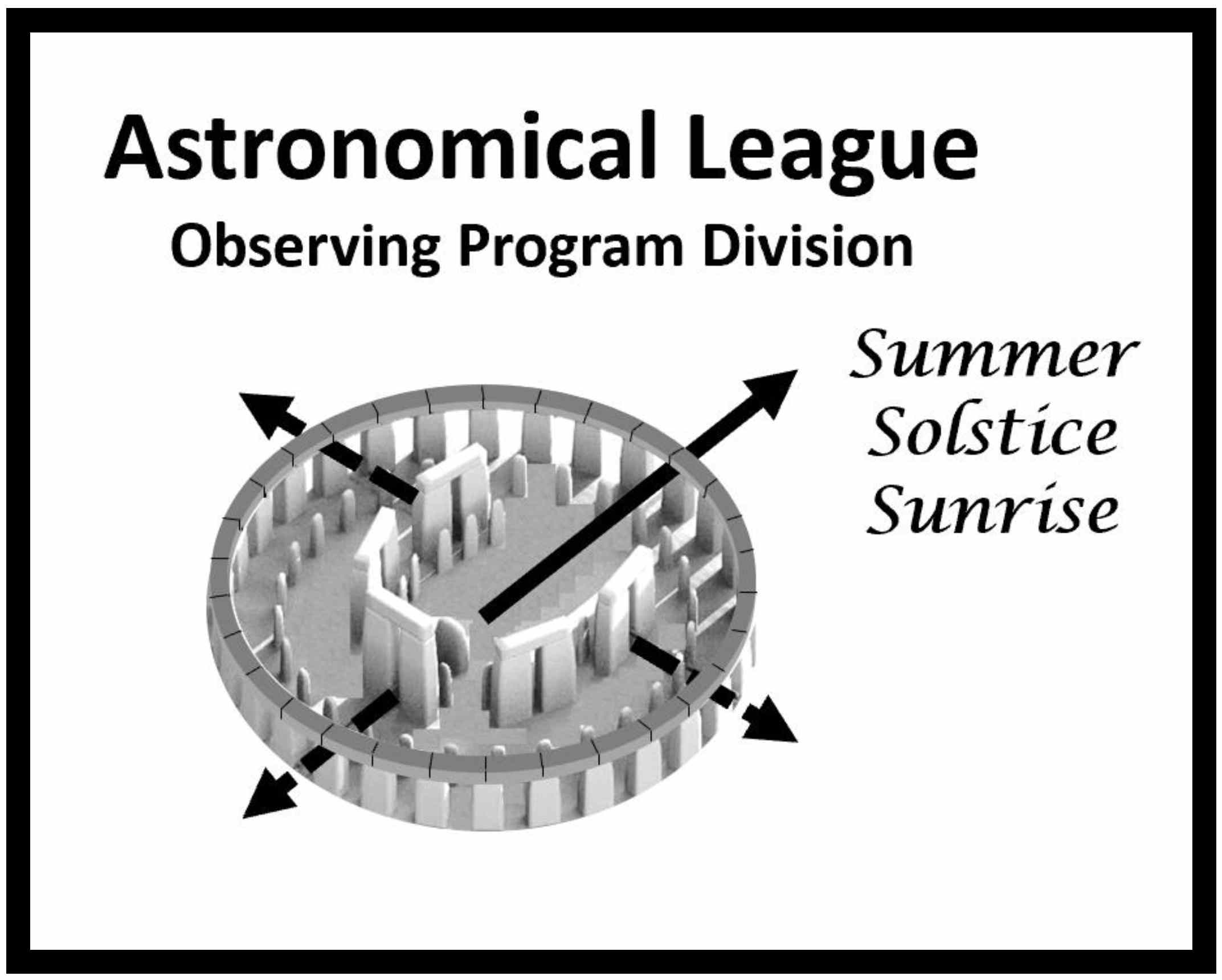Youth Astronomer Observing Program Coordinator:Maynard Pittendreigh |
 |
The Process
- Review the requirements of the Youth Astronomer Observing Program.
- Some observations are required, some are choices you can make.
- If you are interested in astrophotography, then many of these requirements can be done through imaging. Some must be done visually, and some even require manual techniques for locating the objects. All of the requirements can be done using just your eyes, binoculars, and a small telescope. No additional equipment is required.
- Review those Astronomical League Observing Programs that sound interesting to you and those that are required.
- Options designed for southern skies observers may be substituted for their northern skies counterparts.
- Select your objectives. You will need to choose five observations from each of 20 different Observing Programs. Specific Details follow.
- Required Observing Programs:
- Lunar Observing Program (choose five craters). Note: These observations must be done manually.
- Solar System Observing Program (choose any five requirements).
- Constellation Hunter Observing Program (choose any five constellations).
- Binocular Messier Observing Program (choose any five objects).
- Messier Observing Program (choose any five objects different from those you did from the Binocular Messier Observing Program). Note: These observations must be done manually.
- You may choose from among these Observing Programs:
- Galileo Observing Program (choose any five objects). Note: These observations must be done manually.
- Caldwell Observing Program (choose any five objects). Note: These observations must be done manually.
- Herschel 400 Observing Program (choose any five objects).
- Meteor Observing Program (6 hours, counts as five observations).
- Asterism Observing Program (choose any five objects).
- Planetary Nebula Observing Program (choose any five nebulae).
- Globular Cluster Observing Program (choose any five clusters). You must also include the concentration class.
- Open Cluster Observing Program (choose any five clusters). You must also include the Trumpler classification.
- Bright Nebula Observing Program (choose any five nebulae). You must include the brightness using Lynd’s scale.
- Dark Nebula Observing Program (choose any five nebulae). You must estimate the opacity.
- Carbon Star Observing Program (choose any five stars).
- Asteroid Observing Program (choose any five asteroids).
- Comet Observing Program (choose any five comets).
- Earth Orbiting Satellites Observing Program (choose any five satellites).
- Stellar Evolution Observing Program (choose any five stars).
- Deep Sky Binocular Observing Program (choose any five objects).
- Double Star Observing Program (choose any five stars).
- Up to two of these galaxy-based Observing Programs (choose any five objects from each):
- Active Galactic Nuclei Observing Program
- Arp Peculiar Galaxy Observing Programs
- Flat Galaxy Observing Program
- Galaxy Groups and Clusters Observing Program
- Local Galaxy Group and Neighborhood Observing Program
- Two in the View Observing Program (choose any five objects).
- Universe Sampler Observing Program (choose any five objects).
- Urban Observing Program (choose any five objects). Note: These must be done from light polluted skies.
- Additional Options if you have access to the necessary equipment:
- Variable Star Observing Program (choose any five objects).
- Target NEO Observing Program (choose any five asteroids).
- Nova Observing Program (choose any five objects).
- Spectroscopy Observing Program (choose any five objects).
- Required Observing Programs:
- Observe. You may use any form as long as all of the required information is collected. We recommend using the Observing Journal that is available from the Astronomical League bookstore. The observing form you use may become your preferred observing form for many years, so design or select your observing form with care.
- Submit your observations to the Coordinator of the Youth Astronomer Observing Program, or you may have them reviewed by an officer of your local astronomy club. That officer should then send an email to the Coordinator. Submissions should include:
- Observer’s name.
- Observer’s astronomy club affiliation or “Member-at-Large”.
- Observer’s address.
- Observer’s email address.
- Observer’s phone number.
- Name of the person to send the award to if it is someone other than the observer, and their address. This would normally be an award coordinator or other officer in your local club.
- Upon verification of your membership status and review of your observations, if you have met the requirements, your certificate and pin will be sent to you as requested.
- Your name and this accomplishment will be submitted to the Reflector Magazine and will also be added to the Astronomical League’s on-line database.
Youth Astronomer Observing Program Coordinator:Maynard Pittendreigh |



